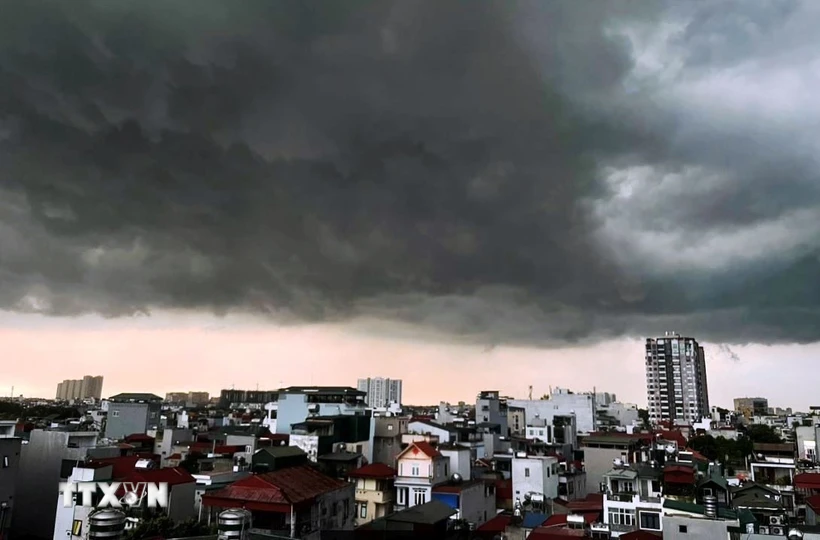 |
| Vietnam drastically reduces imports of ozone-depleting substances. Illustrative photo. Source: VNA |
Accordingly, the import quota for HCFCs (chemicals used mainly in refrigeration and air conditioning, mostly in the seafood processing and export industry, production of foam insulation panels and insulation roofing sheets) that cause ozone layer depletion into Vietnam is only 1,300 tons, half that of 2024 (the import quota for HCFCs is 2,600).
All of the above imported substances are HCFC-22 (a type of hydrochlorofluorocarbon), commonly used in the production of household air conditioners, refrigeration, foam production, and refrigeration equipment repair and maintenance services.
The 2025 greenhouse gas import quota is equivalent to nearly 13 million tons of CO2.
According to the Ministry of Agriculture and Environment , 2025 is the first year to implement the roadmap to reduce HCFC imports according to the National Plan on management and elimination of ozone-depleting substances and controlled greenhouse gases.
Specifically, in the 2025-2029 period, the HCFC import quota will remain at 1,300 tons/year (a 67.5% reduction in base consumption). From 2030, the average import quota will be 100 tons/year (a 97.5% reduction); imports will stop from 2040.
For HFCs (refrigerants with high global warming potential), import quotas will also gradually decrease according to the roadmap and by 2045. Accordingly, Vietnam will only import a volume of substances equivalent to 2.7 million tons of CO2 emissions (80% reduction in base consumption).
Based on the allocated quota, enterprises shall set specific import quotas for each type of substance and import volume. Enterprises are responsible for using controlled substances in accordance with the allocated quota for 2025, complying with the obligation to report on the usage situation before January 15 every year according to the provisions of Decree 06/2022/ND-CP dated January 7, 2022 of the Government ; complying with legal regulations related to the use of controlled substances.
According to the Ministry of Agriculture and Environment, if the above plan is implemented correctly, it is expected that by 2045, Vietnam will reduce emissions of more than 11 million tons of CO2 from management and elimination of ozone-depleting substances and controlled greenhouse gases, contributing to the goal of achieving net zero emissions by 2050 as committed at the COP26 Conference.
Source: https://baophuyen.vn/kinh-te/202504/viet-nam-giam-manh-han-ngach-nhap-khau-cac-chat-gay-thung-tang-ozone-3061830/


![[Photo] Top players gather at the 2025 Nhan Dan Newspaper National Table Tennis Championship](https://vphoto.vietnam.vn/thumb/1200x675/vietnam/resource/IMAGE/2025/5/23/9ad5f6f4faf146b08335e5c446edb107)





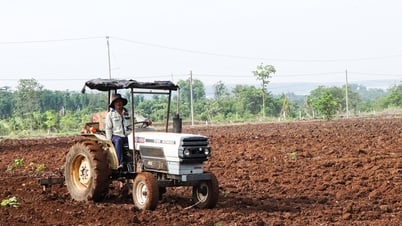







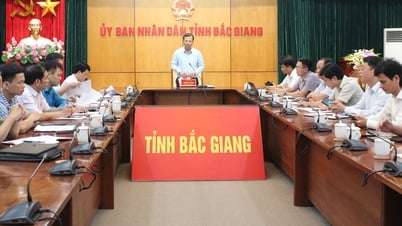








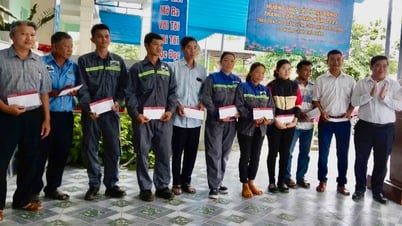
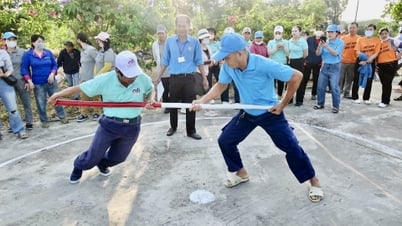
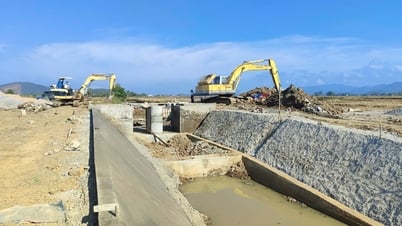















































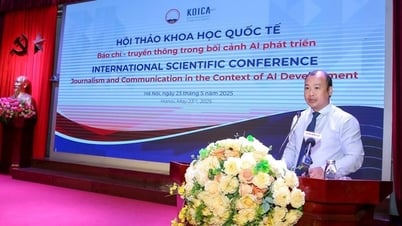



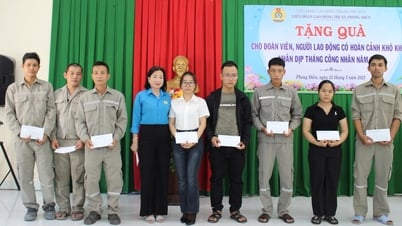
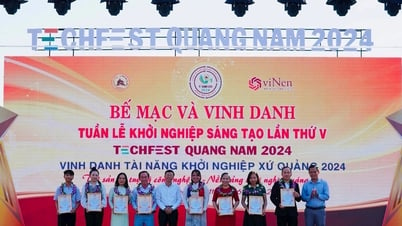
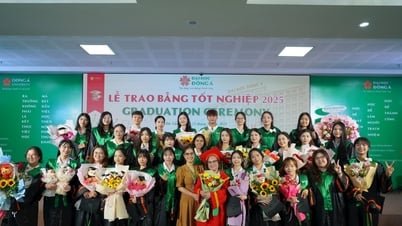












Comment (0)